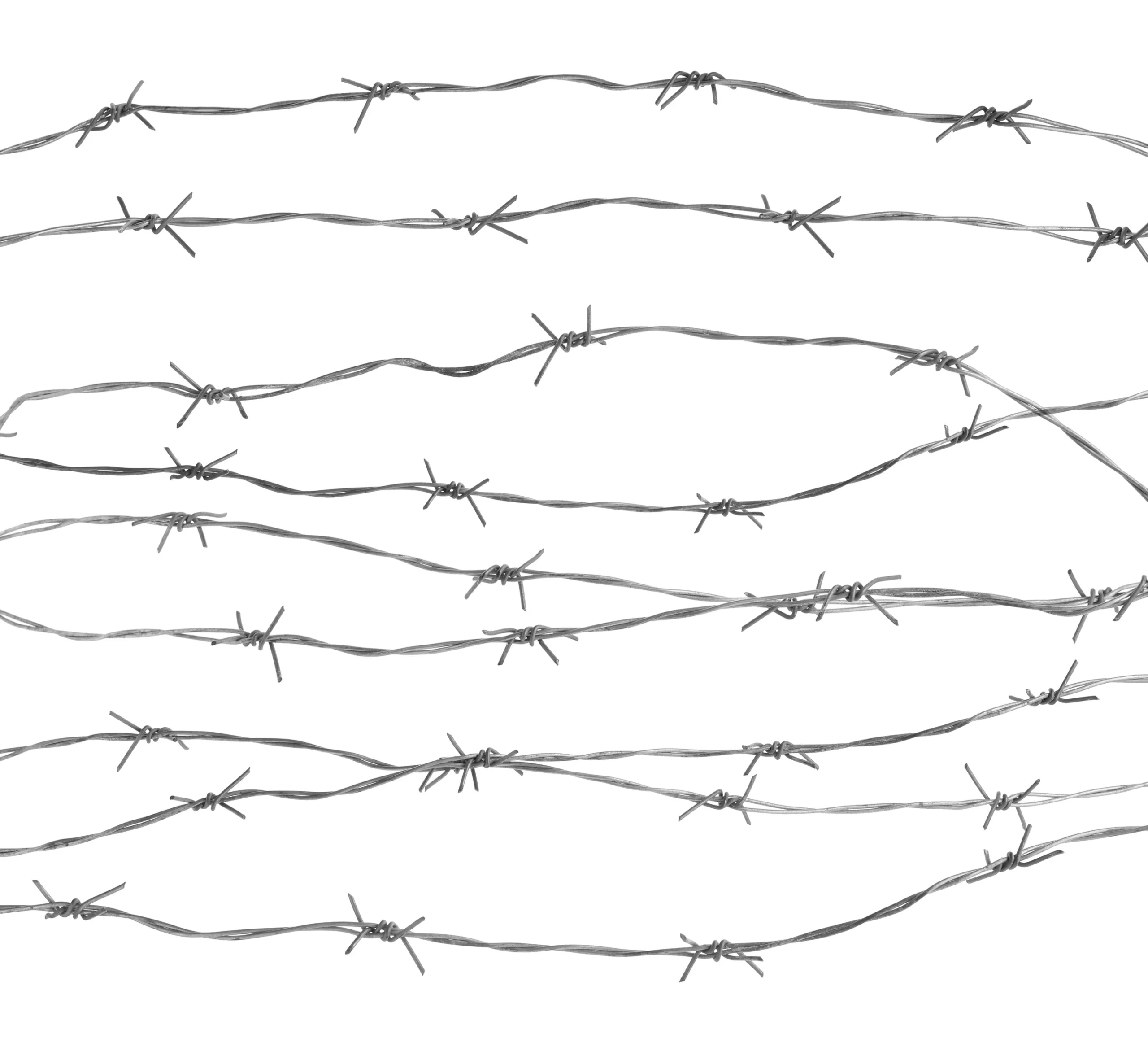In the world of mental health, passive suicidal ideation is a lesser-talked-about but important concept. Unlike the more overt manifestations of suicidal thoughts that often involve concrete plans or intentions, passive suicidal ideation lives in the shadows of our mental landscapes. It involves harbouring thoughts of dying or a longing for death without active plans for self-harm.
This form of ideation can be a coping mechanism for some as a way to imagine an escape from unbearable pain or circumstances. However, it also poses the risk of evolving into a more active form of suicidal thinking, particularly if left unaddressed. Suicidal ideation is not binary – it exists on a scale. The UK saw 5,725 suicides recorded in 2022, or 14 per day.[1] By bringing passive suicide into the conversation, we can begin to offer the necessary support and intervention, hopefully steering people away from making an unnecessary, irreversible decision.
Defining and Measuring Passive Suicide
Passive suicidal ideation is distinct from active suicidal thoughts in its lack of specific plans for self-harm. It encompasses a range of thoughts, from indifference to our own survival to a general wish for death. Such ideation can manifest in various forms, including a disregard for personal health or well-being and a sense of resignation or desire for our life to end, albeit without actively planning for suicide.
Understanding passive suicidal ideation is key to recognising its subtlety and potential danger. While it may seem less immediate than active suicidal thoughts, its presence is often a precursor and can escalate if not addressed. Studies have shown that passive ideation is no less significant in predicting suicide attempts compared to active ideation – it actually correlates.[2]
Measuring passive suicidal ideation is important for understanding and addressing its risks despite there not being a standardised test used. Various scales and assessment tools are used by healthcare professionals to gauge the intensity and frequency of such thoughts. The Scale for Suicidal Ideation (SSI) by Beck et al. was one of the first to measure passive suicidal desire, with items ranging from taking measures to save one’s life to avoiding steps necessary to save or maintain life.[3]
Another tool, the European Depression Scale, includes a question asking, ‘In the past month, have you ever wished you were dead?’[4] Similarly, the Modified Suicidal Ideation Scale by Miller et al. asks questions like, ‘Would you deliberately ignore taking care of your health?’[5]
How Common Is Passive Suicidal Ideation?
The prevalence of passive suicidal ideation is relatively high, with a one-year prevalence of 5.8% and a lifetime prevalence of 10.6% in the general population.
Understanding the risk factors of passive suicidal ideation is essential in identifying and supporting those in danger. These include a family history of suicide, which can predispose people to similar thoughts. Hopelessness, often stemming from various life circumstances, and engaging in reckless behaviour are also factors that can contribute to these thought patterns.
By understanding risk factors and the fluid nature of suicidal ideation, mental health professionals can better identify those in need and provide timely, effective interventions.
Key risk factors include:
- Gender Differences: Females were found to be more susceptible to both passive and active suicidal ideation.[6]
- Sexual Orientation: People belonging to minority sexual orientations demonstrated a higher risk for these thoughts.
- Psychological Violence: Experiences of psychological violence correlated with an increased likelihood of both passive and active suicidal ideation.
- Physical Activity: Limited physical activity is also a risk factor, highlighting the role that an active lifestyle can play in prevention.
- Age: Passive suicidal ideation is higher in older adult populations, where these thoughts are more common but are less likely to be expressed openly, and they will likely not seek mental health care.[7]
Seeking Help and Getting Treatment
It’s common for people experiencing passive suicidal ideation to question whether their feelings are severe enough to seek help, especially when they don’t have active plans for self-harm. In these instances, it’s essential to understand that any form of suicidal ideation is a valid and serious concern. If these thoughts are hindering the ability to live a fulfilling life, it’s more than enough reason to seek support.
Turning to mental health professionals is a vital step in this journey. Therapies, particularly dialectical behaviour therapy (DBT), have proven beneficial in managing suicidal ideation. DBT equips individuals with skills to regulate emotions, tolerate distress, and improve interpersonal relationships.[8] Medication may also be prescribed as part of a comprehensive treatment plan, particularly when passive ideation coexists with mental health conditions like depression or anxiety.
The journey of overcoming passive suicidal ideation is one of understanding, acceptance, and proactive care. It involves exploring personal triggers, developing coping strategies, and sometimes making lifestyle changes. The support of friends and family, combined with professional help, creates a strong network of care that can guide people through this challenging period.
Remember, seeking help for passive suicidal thoughts is a sign of strength, not weakness. It’s about taking control of your mental health and moving towards a life where such thoughts no longer stand in the way of your happiness and well-being.
Reach Out for Help
If you’re dealing with passive suicidal thoughts, you are not alone. At Assured Healthcare and Wellness, we understand the complexities mental health issues can bring and offer a range of services tailored to your specific needs.
Reach out to us today – your well-being is our priority, and we are committed to supporting you every step of the way.
Sources:
- https://www.ons.gov.uk/peoplepopulationandcommunity/birthsdeathsandmarriages/deaths/bulletins/quarterlysuicidedeathregistrationsinengland/2001to2021registrationsandquarter1jantomartoquarter4octtodec2022provisionaldata
- https://www.ncbi.nlm.nih.gov/pmc/articles/PMC7024002/
- https://www.sciencedirect.com/science/article/pii/S0005796797000739
- https://www.ncbi.nlm.nih.gov/pmc/articles/PMC4332422/#:~:text=The%2012%20EURO%2DD%20items,generating%20a%20simple%20ordinal%20scale
- https://erhsnyc.org/ourpages/auto/2016/5/6/48911816/Modified%20Scale%20for%20Suicidal%20Ideation%20_MSSI_.pdf
- https://pubmed.ncbi.nlm.nih.gov/33351435/
- https://www.ncbi.nlm.nih.gov/pmc/articles/PMC4668765/
- https://www.ncbi.nlm.nih.gov/pmc/articles/PMC6584278/



